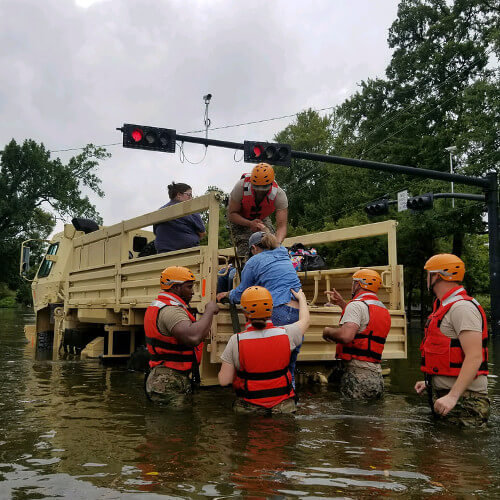Research Counts was established in 2017 with the intent to share rigorous and actionable research findings with policymakers, practitioners, and others who work to reduce the harm and suffering from disasters. This introduction to the series explains further.
Research Counts

Water scarcity is the result of numerous factors, and so the solutions that drive change will need to be multi-faceted as well.

Legislation that ensures eldercare facilities keep the power on during disasters—preventing needless deaths from heat or equipment failure—are necessary, but they need to be thoughtfully implemented.
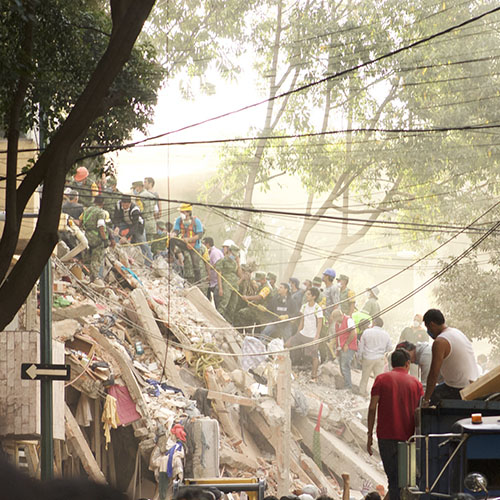
Mexico's incoming administrations, who ran on the platform that they were "not them," will have a lot to prove when it comes to the politics of disaster mitigation and response.
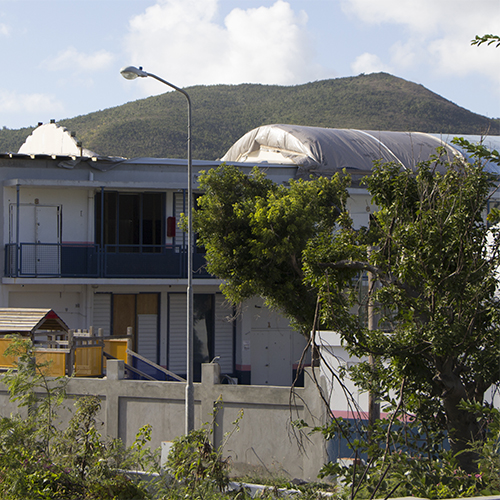
In areas rich with cultural diversity, resilience isn't a one-size-fits-all prospect. A research team from PEARL shares lessons they learned about building back better after Hurricane Irma hit Sint Maarten.

Are home buyout programs a mitigation effort or a recovery effort? The answer can vary—and that ambiguity topic can impact the programs' effectiveness.

Tourism-based coastal economies have different recovery needs following disaster. Learn more about what these communities need and resources available to restore them to their pre-disaster status.

Quantifying the return on investment in disaster mitigation was a powerful tool for sparking action. Now a recent FEMA project outlines how the same might be done for broader preparedness efforts.

Uneven disaster recovery can sometimes be the result of mitigation efforts. This Research Counts piece explains how it happens and how it can be avoided.
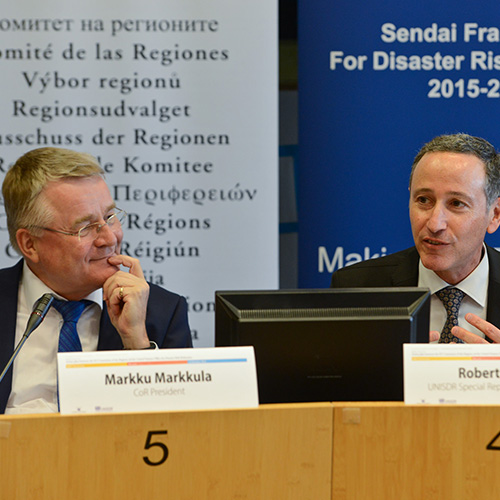
Disaster scholars often ruminate over why—when we have so much knowledge—we seem to make frustratingly little headway in stanching disaster impacts. In this Research Counts, longtime researcher Ian Burton puts forth a few thoughts as to why that's the case.
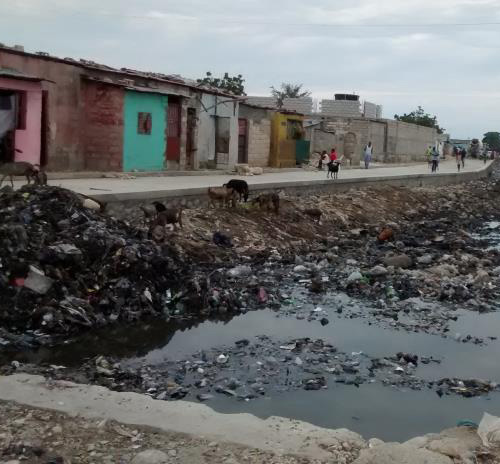
Depression, anxiety, or trauma related to past disasters can all play a role in how (or if) people choose to prepare for disaster. This Research Counts details an innovative intervention that takes mental well-being into account when helping people prepare for disaster.
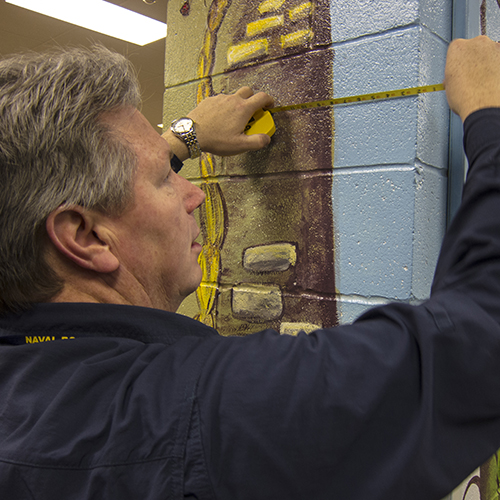
Of all the threats that America's children must face to get an education, school buildings themselves could be the most dangerous.

After suffering persecution in their homeland, many of the Rohingya that escape find their new lives come with an entirely different set of threats to their mental well-being.
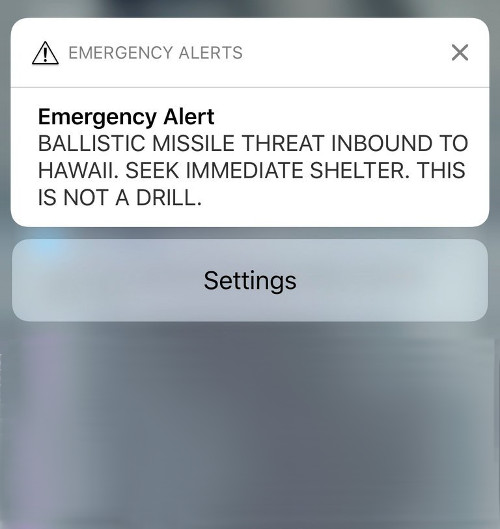
Early this year, a human—using a systems interface—mistakenly sent a false alert warning of an incoming missile threat. Here's why we should focus on the error, and not the human.
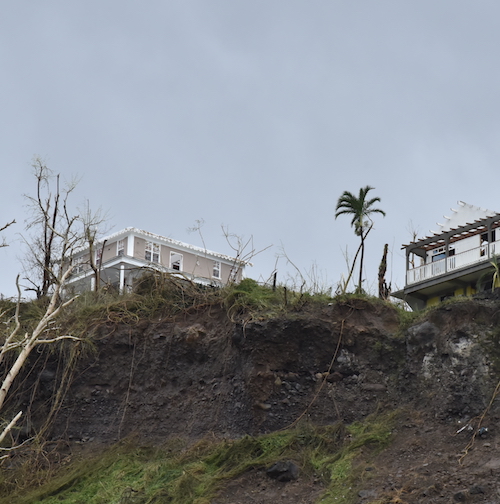
Although hazards may be natural, we've long known that the disaster aspect is human-caused. This edition of Research Counts examines how a seemingly innocuous turn of phrase impacts how the public thinks about disasters.
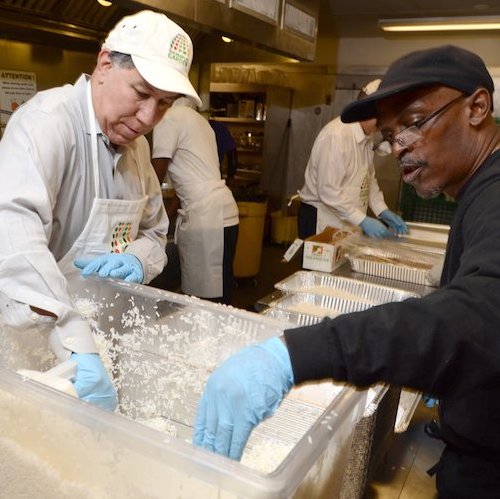
The needs and experiences of those who are homeless during disasters can be very different from other populations, yet often emergency planning doesn't account for their specific needs. A recently released toolkit will make it easier to address that gap.
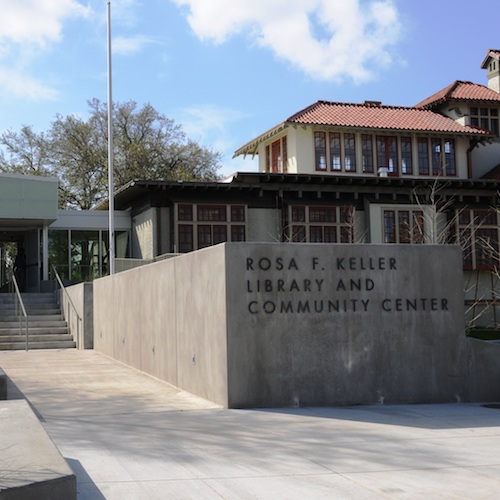
Libraries play a central role in many communities; but when it comes to participating in disaster response, managerial outlooks might make all the difference.
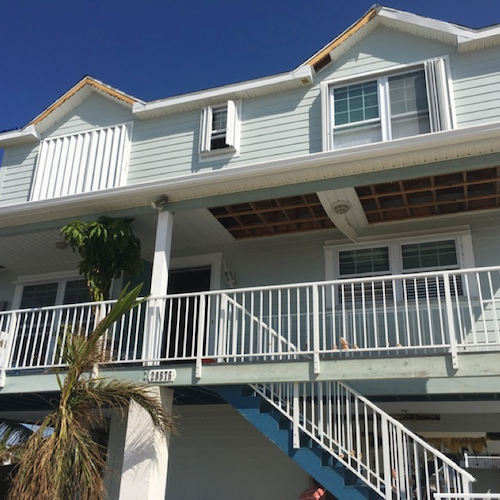
Stronger building codes might be seen as costly, but for communities with the will to enact them, they save money in the long term.

In this piece, Kai Erikson reminds us that lessons from Katrina are enduring and that the harm and suffering from the most recent disasters will trace a similar trajectory if we do not address the social injustices that existed long before the shock.
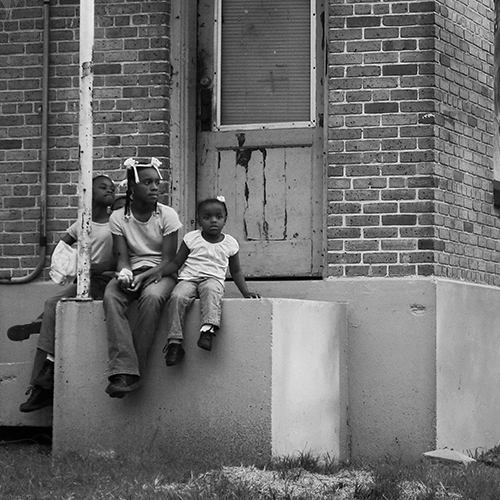
In the rush to help people recover after disasters, inequitable systems are often put into place that promote injustice and discrimination. This piece examines how that happened after Hurricane Katrina—and how it's likely to happen again following Maria.
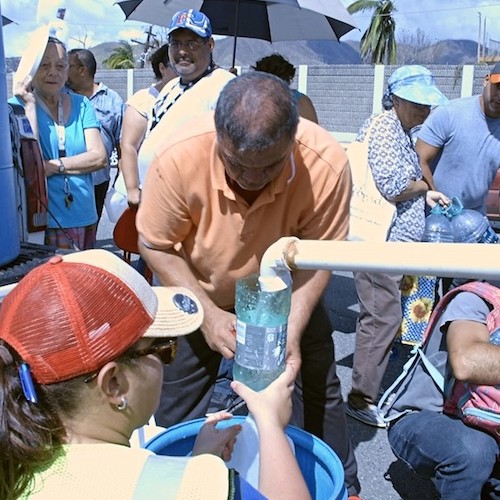
Months after Hurricane Maria, Puerto Rico is far from recovery and in the midst of a humanitarian crisis. This piece looks at how U.S. territorial status has led to mounting woes before and after the storm that affect the welfare of its residents.

Helping policymakers understand the true stakes of disaster decision making is one way to really make sure research counts, and this transcript on housing considerations following Hurricane Harvey is one example.
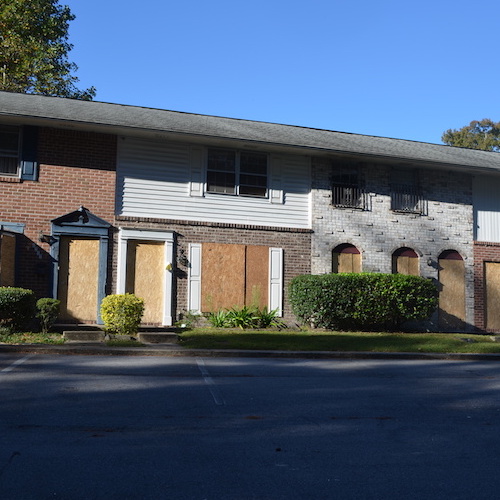
As emergency officials attempt to allocate scarce resources following disasters, systematic measurements of social vulnerability—such as the Social Vulnerability Index—can assure help goes to those who need it most.

The decision to evacuate or shelter in place during disasters can sometimes seem black and white, but many elements are at play—not the least of which is how individuals perceive risk.
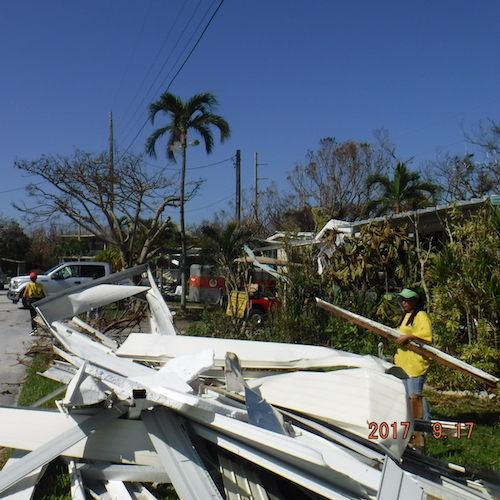
It's not necessary to rebuild buildings after a disaster to rebuild thriving city centers. Nicole Hutton explains how simple projects can create gathering spaces that help cities begin to hum again, even amidst construction.
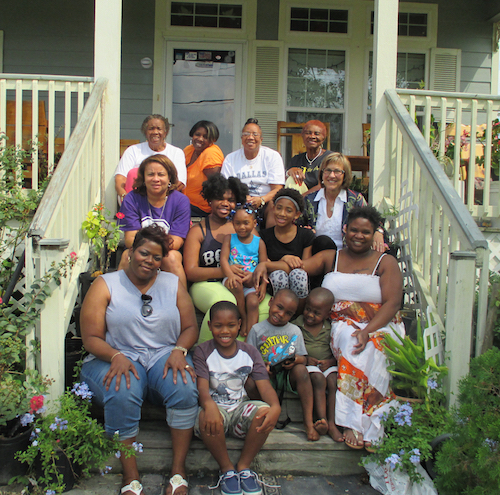
Recovery is not one-size-fits-all and emergency officials that incorporate a sense of place and community identity into recovery efforts can have a huge impact on the success of the people who live there.
If you are interested in contributing to this series, please contact Natural Hazards Center Director Lori Peek directly at lori.peek@colorado.edu.

